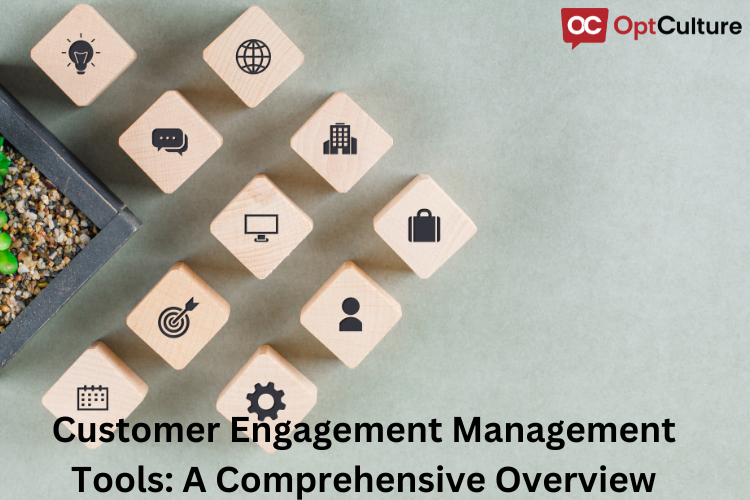
Customer Engagement Management Tools: A Comprehensive Overview
In today’s highly competitive business environment, customer engagement is the cornerstone of building lasting relationships and fostering brand loyalty. As businesses strive to connect with their customers on a deeper level, the role of Customer Engagement Management (CEM) tools becomes increasingly crucial. These tools serve as a strategic asset, enabling organizations to understand, analyze, and enhance their interactions with customers. In this blog post, we’ll delve into the world of Customer Engagement Management tools, exploring their significance and highlighting key features that make them indispensable for modern businesses.
Understanding Customer Engagement Management
Customer Engagement Management involves the systematic and strategic approach to understanding and influencing customer interactions throughout their journey with a brand. CEM tools play a pivotal role in orchestrating these interactions, helping businesses create personalized and meaningful experiences for their customers.
5 Key Features of Customer Engagement Management Tools:
- 360-Degree Customer View:
CEM tools aggregate data from various touchpoints, providing businesses with a holistic view of customer interactions. This comprehensive perspective enables organizations to understand customer preferences, behaviors, and feedback.
- Personalization Capabilities:
Personalization is a driving force in customer engagement. CEM tools leverage data analytics to tailor interactions, content, and promotions based on individual customer preferences. This customization enhances the overall customer experience and fosters a sense of connection with the brand.
- Multichannel Integration:
Modern customers engage with brands across multiple channels such as social media, email, websites, and mobile apps. CEM tools seamlessly integrate these channels, ensuring consistent and coherent interactions. This integration facilitates a unified customer experience regardless of the platform.
- Feedback and Analytics:
CEM tools include robust feedback mechanisms and analytics capabilities. They allow businesses to collect customer feedback in real-time, analyze trends, and gain insights into customer sentiment. This data-driven approach empowers organizations to make informed decisions and continuously improve their engagement strategies.
- Automation and Workflow Management:
Efficiency is paramount in managing customer engagements. CEM tools often incorporate automation features that streamline workflows, automate routine tasks, and ensure timely responses to customer inquiries. This not only improves operational efficiency but also enhances the speed of customer service.
4 Benefits of Implementing Customer Engagement Management Tools:
- Enhanced Customer Satisfaction:
By personalizing interactions and addressing customer needs proactively, CEM tools contribute to higher levels of customer satisfaction. Satisfied customers are more likely to become loyal advocates for the brand.
- Improved Customer Retention:
CEM tools help identify at-risk customers and implement targeted retention strategies. By fostering ongoing engagement, businesses can reduce churn and retain valuable customers over the long term.
- Data-Driven Decision Making:
The insights generated by CEM tools empower businesses to make informed decisions. By understanding customer behavior and preferences, organizations can align their strategies with customer expectations and market trends.
- Competitive Advantage:
In a crowded marketplace, delivering exceptional customer experiences sets businesses apart. CEM tools provide a competitive advantage by enabling organizations to stay agile, responsive, and attuned to evolving customer needs.
Conclusion:
Customer Engagement Management tools are indispensable for businesses seeking to thrive in the age of customer-centricity. By offering a comprehensive overview of customer interactions, personalizing engagements, and leveraging data-driven insights, these tools empower organizations to build meaningful connections with their customer base. As technology continues to advance, the role of CEM tools will only become more integral in shaping the future of customer engagement and loyalty.
Schedule a free demo with Optculture now!





